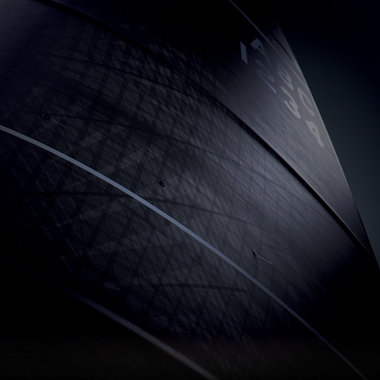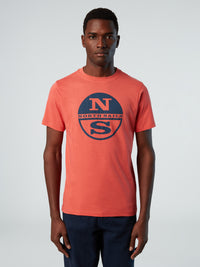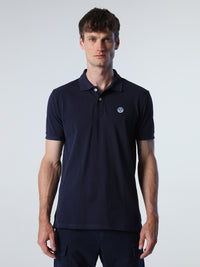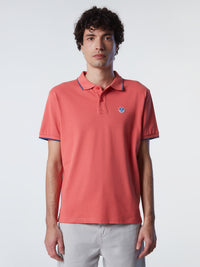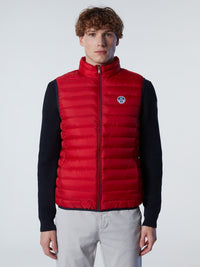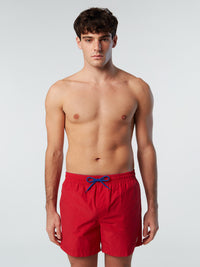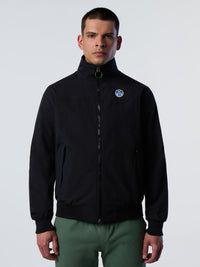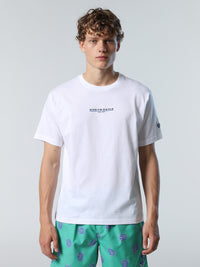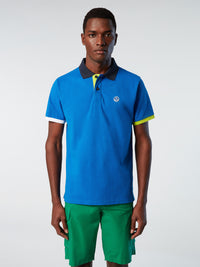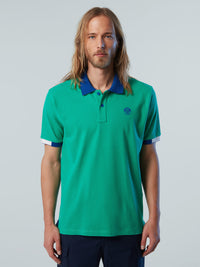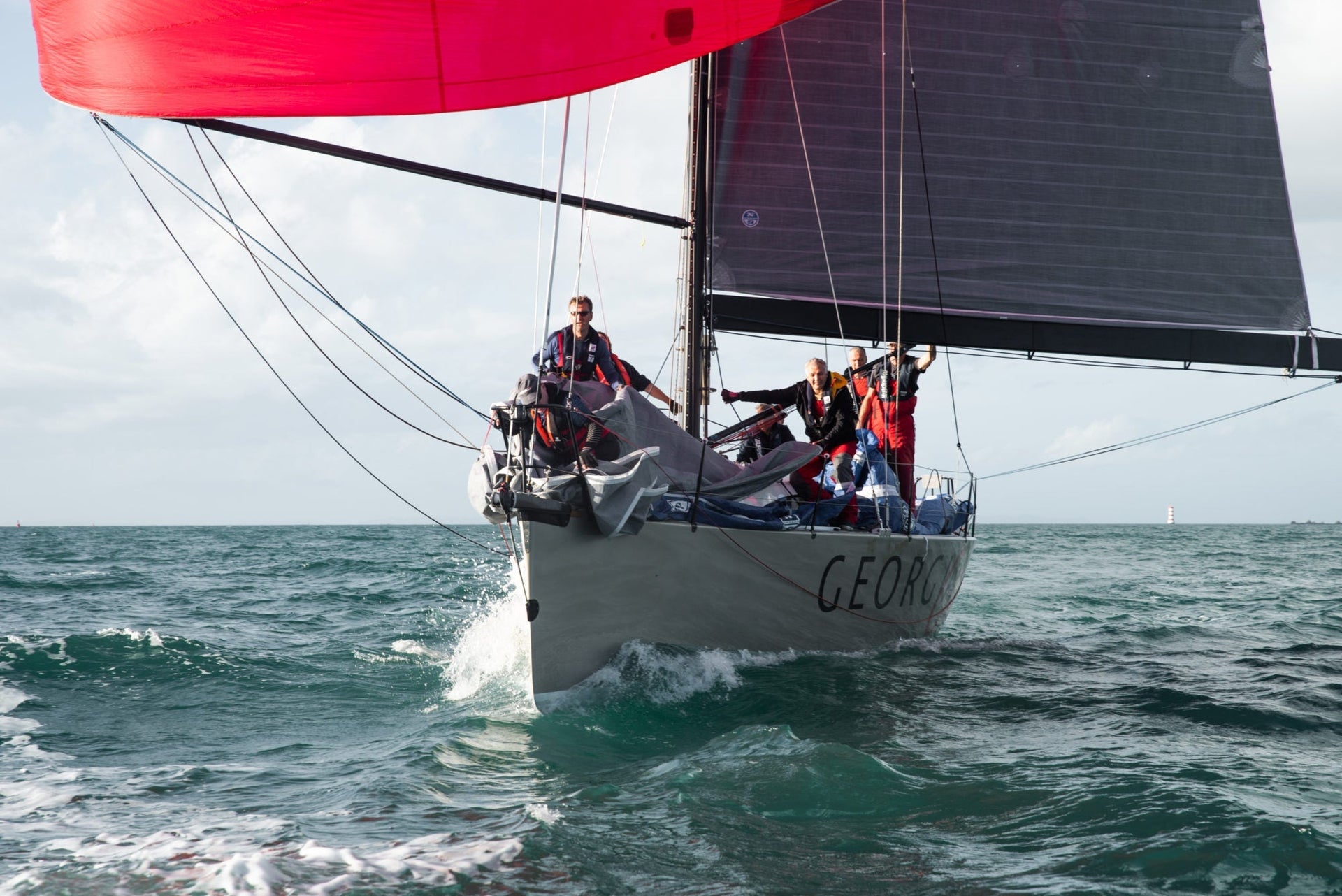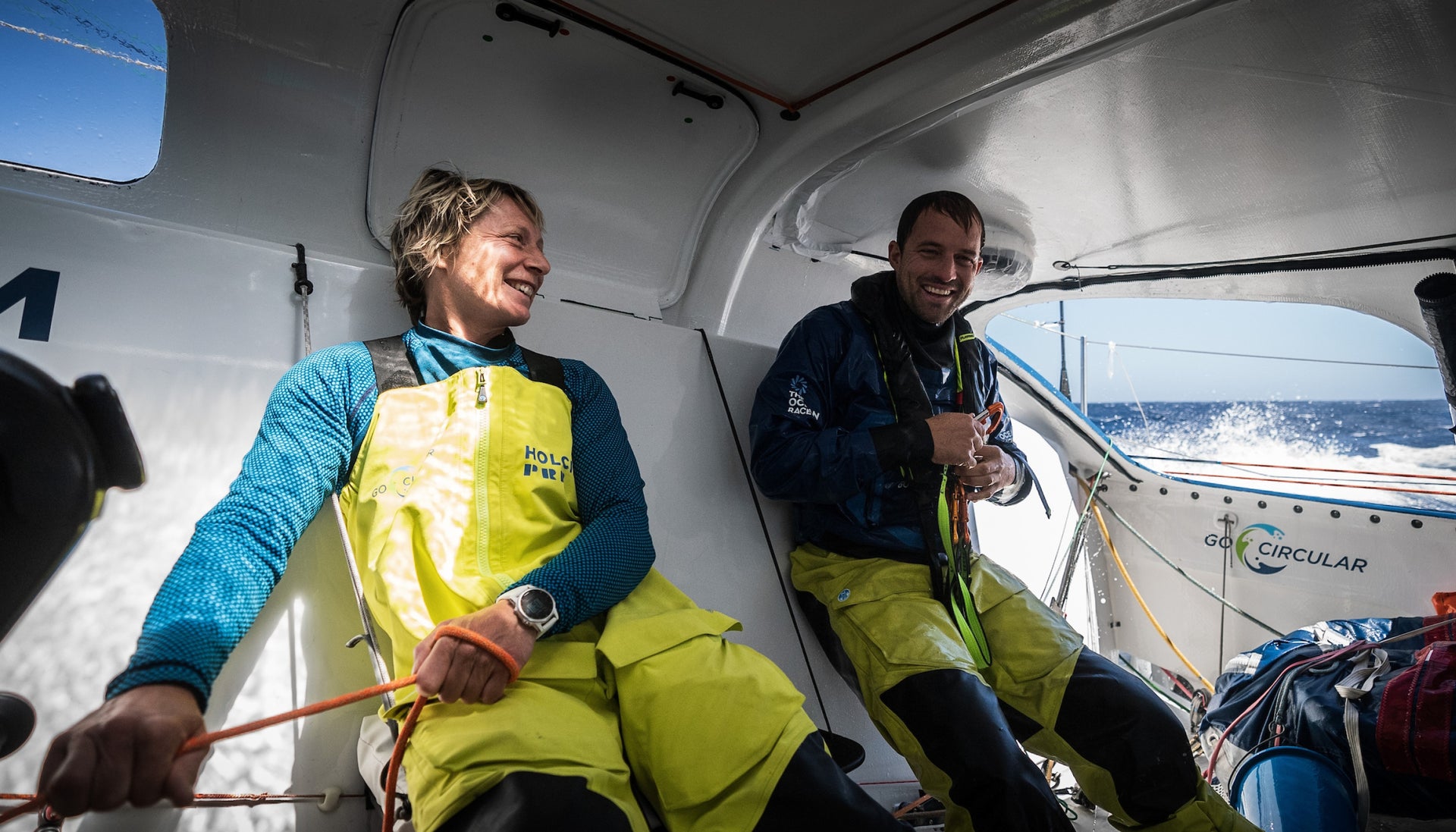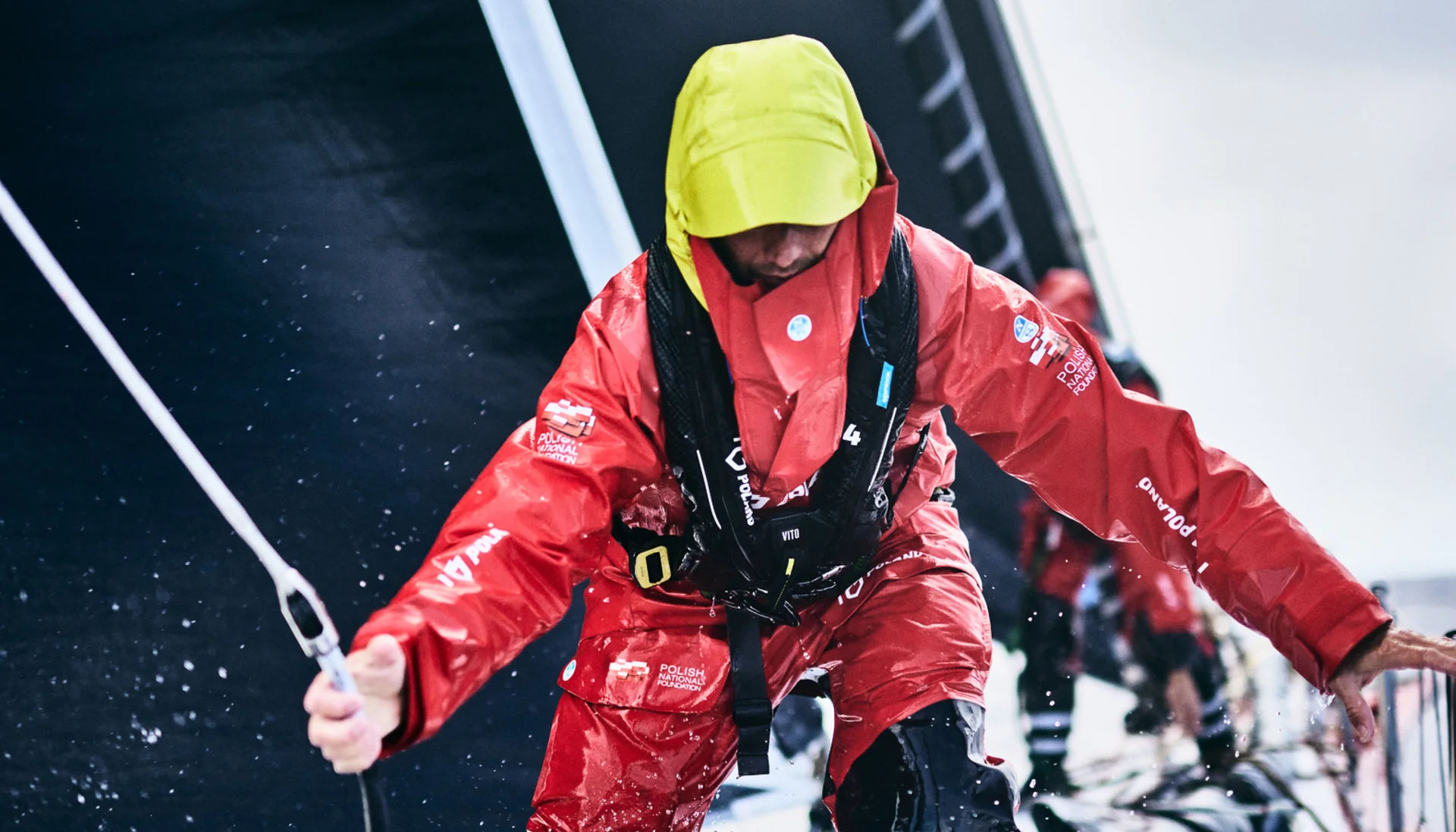ASYMMETRICAL VS. SYMMETRICAL SPINNAKERS
North Sails expert Brian Janney explains why choosing a spinnaker means first understanding your own sailing style.

When it comes to downwind sails, there are a dizzying array of choices for today’s sailor. There are even two types of spinnaker: asymmetric and symmetric. So how do you decide what would be right for your boat and crew? The first step is to understand the difference between symmetric and asymmetric spinnakers.
What is a Symmetric Spinnaker?
Symmetric spinnakers are exactly the same shape either side of a vertical center line. The head/top of the sail attaches to the halyard. The two bottom corners are called clews (though once the sail is flying, the windward corner becomes the tack).
Symmetric spinnakers become more stable when the windward corner is attached to a spinnaker pole. This added equipment has to be rigged each time the sail is set, which is one reason why spinnakers earned a reputation for being hard to rig, fly, and douse.
The biggest benefit of symmetric spinnakers is the ability to sail deep angles. On some boats they will even fly when sailing dead downwind (180 degrees True Wind Angle, or TWA).
Different Types of Symmetric Spinnakers and Their Designs
We can’t sail DDW all the time, though. Some symmetric spinnakers are meant for reaching rather than running. Reaching spinnakers (designed for 100-135 degrees TWA) are flatter than runners (120-170 degrees TWA). Spinnakers are also designed to match specific wind ranges.
To differentiate between intended uses, sailmakers have developed a naming system that includes a letter and a number. Symmetric spinnaker types start with an S. The number follows these rules:
- Odd numbers are reaching sails
- Even numbers are running sails
- Numbers increase as designed wind strength increases
- Numbers run from 1-6, though 5 and 6 are only included in specialized inventories
So an S1 is a symmetric spinnaker designed for reaching in relatively light winds. An S3 is a symmetric spinnaker designed for reaching in slightly stronger winds. An S2 is ideal for running in lighter winds. An S4 is designed to handle more breeze, so it has less sail area than the S2.

What is an Asymmetric Spinnaker?
Asymmetric spinnakers are more triangular in shape than a symmetric spinnaker and have three distinct corners: head, clew, and tack. The head attaches to the halyard. The tack fastens to a tackline, which is attached to the forward end of a fixed pole or sprit at deck level. Two sheets attach to the clew and lead aft, one on either side of the mast.
The fixed pole or sprit eliminates the need for a floating spinnaker pole, which makes asymmetric spinnakers easier to set and douse than symmetric spinnakers. They do require a pre-rigged pole system, which is either permanently extended or deployed whenever the spinnaker is set.
Asymmetric spinnakers use the same numbering system to indicate different sail types, but they start with an A instead of an S. For example, an A2 is an asymmetric spinnaker designed for sailing deep angles in relatively light winds.

Choosing a Spinnaker: Symmetric vs Asymmetric
Which type of spinnaker is best for you? The quick answer is that symmetric spinnakers sail better at deeper angles and asymmetric spinnakers are better reachers. For a more thorough answer, you’ll need to think about the kind of sailing you do. Do you like to race? Symmetric spinnakers will be the best choice for most around the buoys racing. Offshore racers may want an asymmetric spinnaker to improve reaching speeds.
If you answer “cruising,” an asymmetric spinnaker is probably best. An asymmetric spinnaker requires less equipment, and you don’t need an experienced foredeck crew to set and douse. You can also add a dousing sock, or ask your sailmaker about furling options—that technology has improved dramatically since it was first introduced. Another cruising option is the gennaker, which is an all-purpose asymmetric downwind sail. As a reaching/ (almost) running sail with no spinnaker pole to worry about, gennakers are specifically designed to be a one-sail cruising solution.
Need help deciding between an asymmetric and symmetric spinnaker?
Still not sure what style would be best? Ask your local North Sails expert for help. You know your boat, and we know the sails, so together we’ll find the best solution for you.


